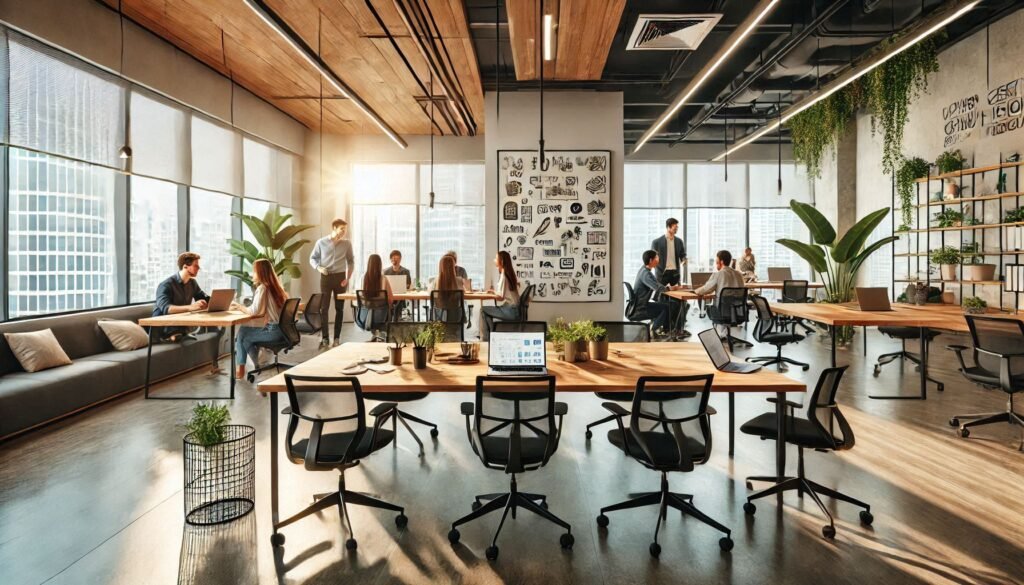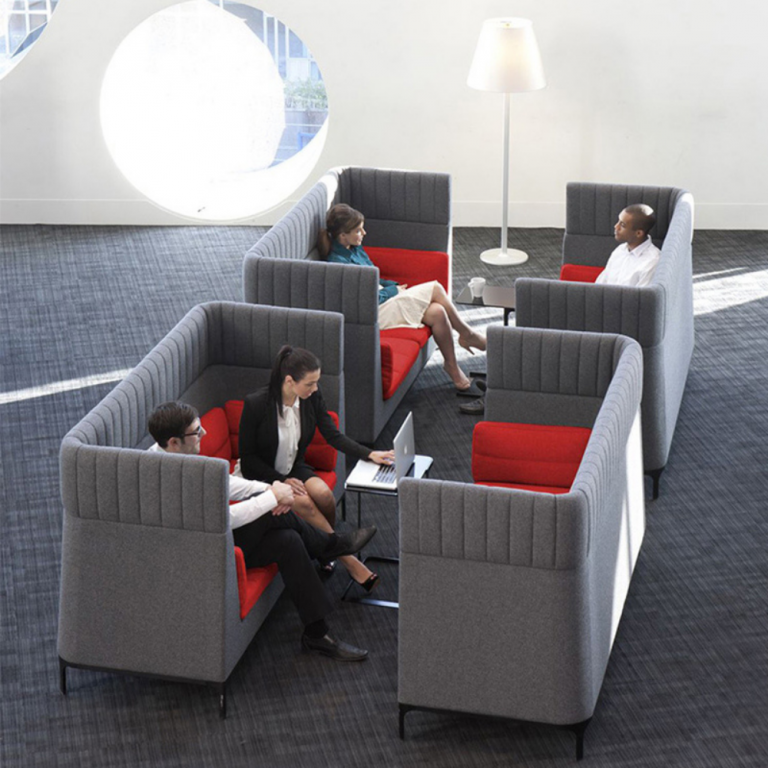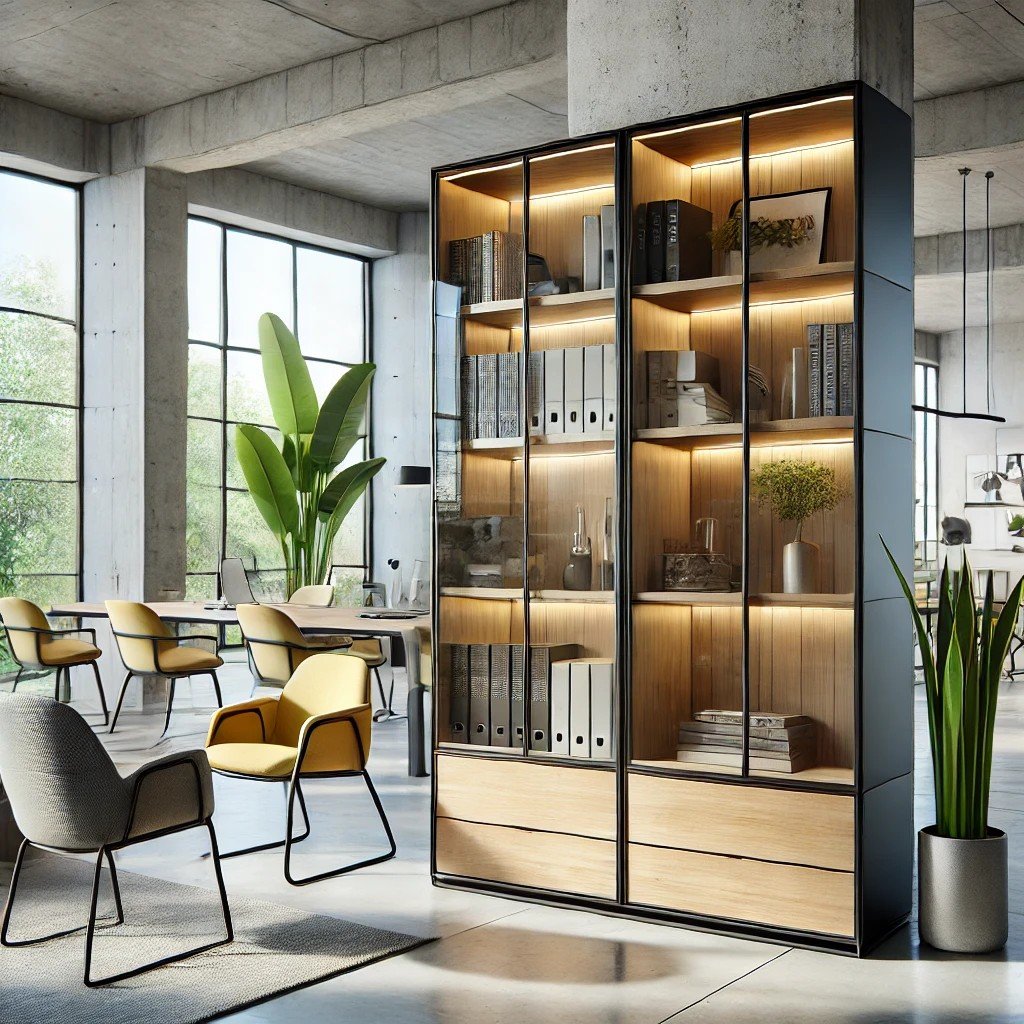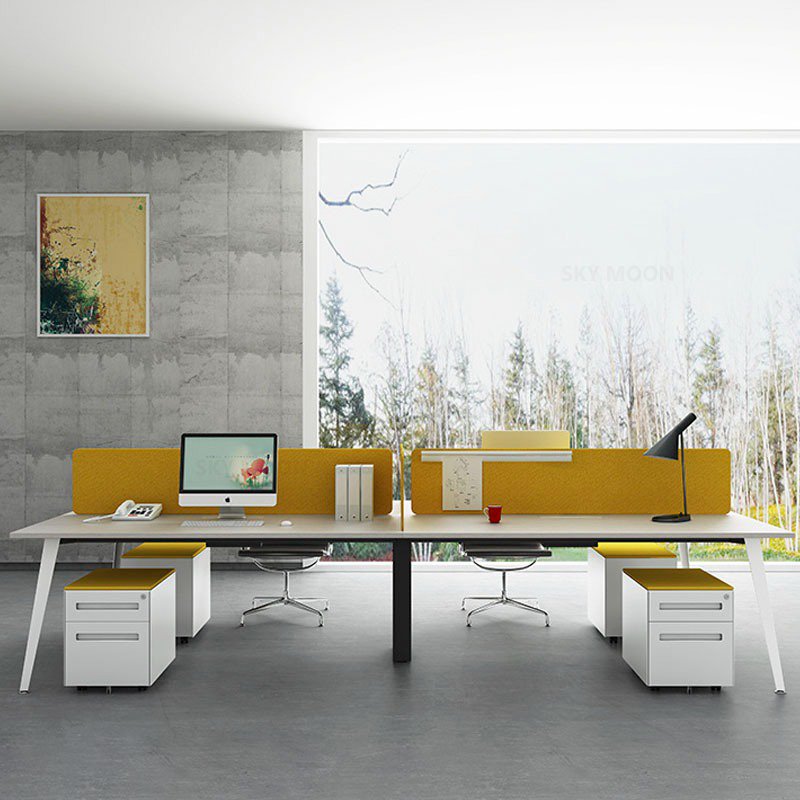Introduction
In recent years, co-working spaces have become a game-changer for professionals, startups, and freelancers seeking a flexible and collaborative work environment. These shared workplaces cater to diverse needs, offering modern amenities and dynamic layouts that traditional offices often lack.
At the heart of this transformation lies one critical element: furniture solutions. Thoughtfully designed furniture enhances the aesthetic appeal of co-working spaces and plays a pivotal role in boosting productivity, comfort, and adaptability. This article explores the rise of co-working spaces and how smart furniture choices contribute to their success.
The Growth of Co-Working Spaces
What Are Co-Working Spaces?
Co-working spaces are shared work environments that provide individuals and businesses access to professional office settings without a long-term lease commitment. These spaces typically include:
- Flexible seating arrangements
- High-speed internet and office equipment
- Communal and private work areas
Why Are Co-Working Spaces Thriving?
The rapid growth of co-working spaces can be attributed to several factors:
- The rise of the gig economy and remote work.
- Cost-effective alternatives to traditional office setups.
- Opportunities for networking and collaboration.
- Demand for work environments that prioritize flexibility and innovation.
Key Considerations for Co-Working Space Furniture
Selecting the right furniture solutions is essential for creating functional, appealing, and efficient shared workplaces. Key factors include:
| Factor | Description | Examples |
|---|---|---|
| Flexibility and Versatility | Furniture should adapt to diverse user needs and configurations. | Modular seating, convertible desks, and foldable tables. |
| Ergonomics and Comfort | Ensures user comfort, especially for long hours of work. | Ergonomic chairs, adjustable-height desks, and padded lounge furniture. |
| Style and Aesthetics | Visual appeal should align with the creative and professional vibe of the space. | Sleek designs, vibrant color accents, and modern materials like glass and metal. |
| Durability and Quality | High-traffic usage demands sturdy and long-lasting materials. | Hardwood desks, metal frames, and stain-resistant fabrics. |
Top Furniture Solutions for Co-Working Spaces
1. Desks and Workstations

The backbone of any co-working space, desks should cater to different work styles.
- Hot-Desking Stations: Shared desks for temporary use by various users.
- Standing Desks: Adjustable height desks promoting health and productivity.
- Private Booths: Enclosed desks for focused, individual work.
2. Collaborative Furniture
Furniture that encourages teamwork and idea-sharing is vital for fostering a sense of community.
- Large Tables: Perfect for group projects and meetings.
- Interactive Whiteboard Tables: Dual-purpose furniture for brainstorming sessions.
- Sectional Sofas: Comfortable seating for casual group discussions.
3. Lounge and Relaxation Areas

Creating spaces for relaxation is key to user satisfaction.
- Bean Bags and Recliners: Add a touch of informality and comfort.
- Coffee Tables: Encourage casual interactions over a cup of coffee.
- Acoustic Pods: Provide noise-reducing zones for relaxation or private conversations.
4. Storage Solutions

With multiple users sharing a single space, efficient storage is critical.
- Lockers: Secure storage for personal belongings.
- Shelving Units: Modular and open designs for easy organization.
- Mobile Storage: Carts and cabinets that can be moved as needed.
5. Technology-Integrated Furniture
Modern co-working spaces rely on technology-driven furniture for convenience.
- Desks with Built-in Charging Ports: Keep devices powered throughout the day.
- Smart Tables: Include wireless charging and IoT connectivity.
- Presentation Stations: Equipped with screens and audio systems for meetings.
The Impact of Furniture on Co-Working Space Success
| Impact Area | Description |
|---|---|
| Productivity Boost | Ergonomic and well-designed furniture reduces discomfort and distractions, enabling focused work. |
| Increased Retention | Stylish and functional furniture creates a positive impression, encouraging users to return regularly. |
| Enhanced Collaboration | Open layouts and collaborative furniture foster networking and idea-sharing among co-working users. |
| Cost Efficiency | Durable and multi-purpose furniture minimizes replacement needs, saving costs over time. |
Trends in Furniture for Co-Working Spaces
- Sustainability: Eco-friendly materials and designs are becoming a priority.
- Smart Furniture: Technology integration like IoT-enabled desks and conference tables.
- Biophilic Design: Incorporating natural elements to enhance well-being.
- Customizability: Furniture tailored to reflect the brand’s identity.
Conclusion
The rise of co-working spaces has transformed how people work, offering flexibility, community, and innovation. However, the success of these shared workplaces heavily depends on thoughtful furniture solutions. From ergonomic chairs to collaborative tables and tech-enabled desks, the right furniture enhances productivity, comfort, and overall user experience.
Looking to furnish your co-working space with premium furniture solutions?
At Dubawa Furniture, we specialize in customizing furniture to suit your unique workspace needs. Visit www.dubawafurniture.com to explore our range or contact us today to discuss your project!





